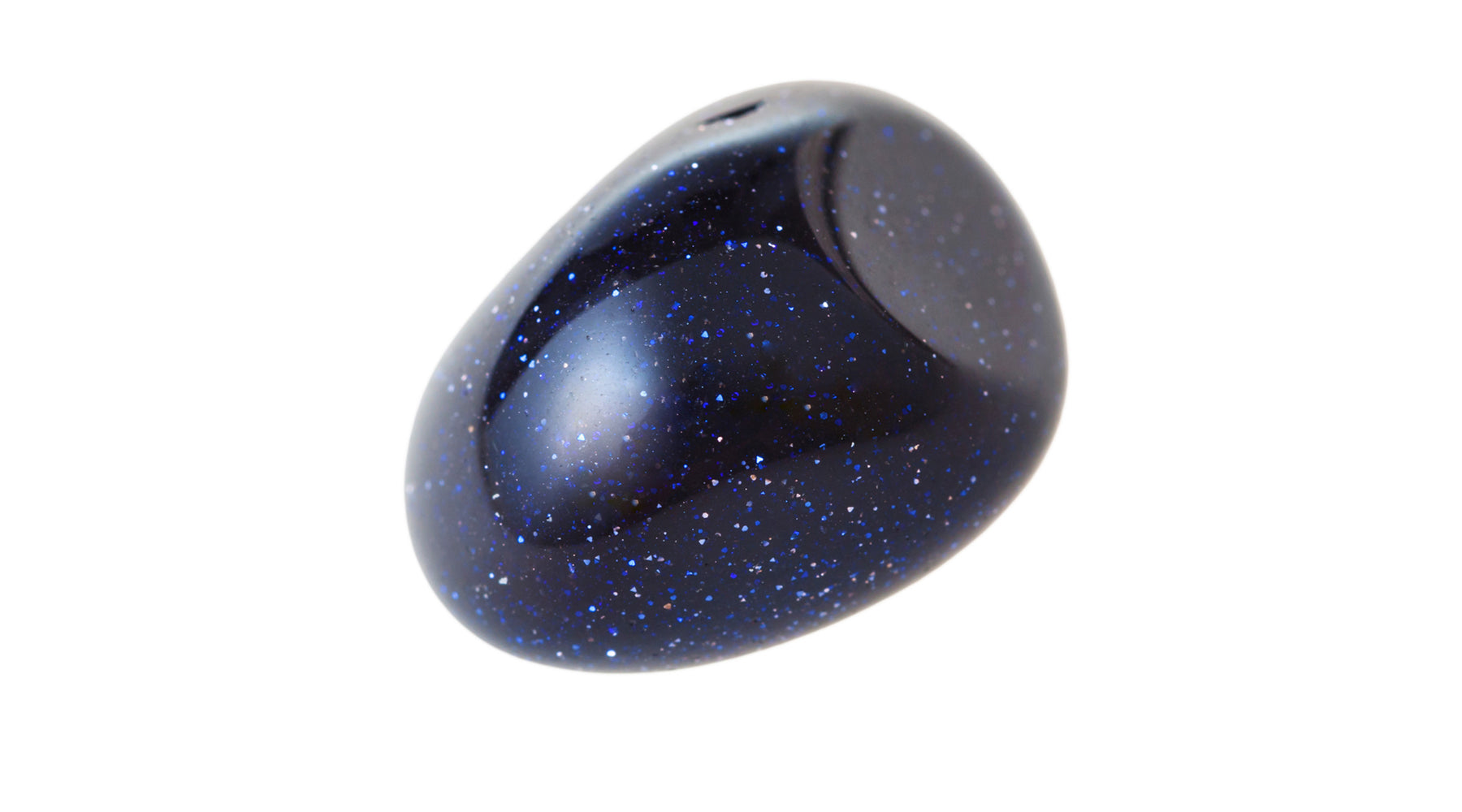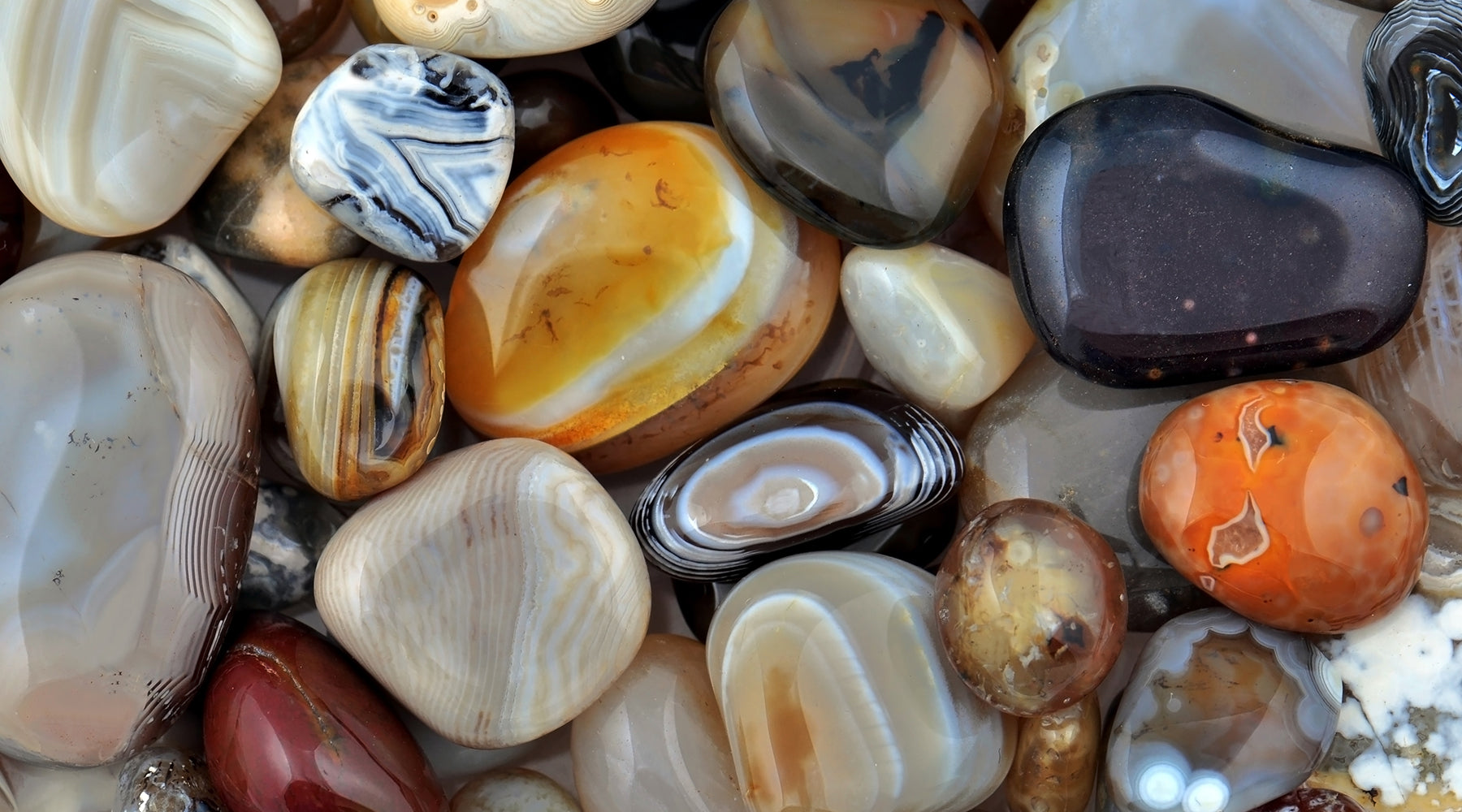Citrine is a stone highly associated with financial success and prosperity. Belonging to the quartz family, this gem is loved by many who want to speed up their wealth creation.
But despite its promise to attract money, is citrine worth your bucks?
Below, find out the price of citrine stone and if its value is worth your money.
How Much Does Citrine Cost?
Citrine’s price ranges from $5 to $30 per carat.
Due to the abundance of quartz, the price per carat doesn’t dramatically increase even in larger size citrine.
However, the value of citrine increases or decreases because of several factors. These include the color, clarity, and the cut of the crystal.
Factors that Affect Citrine Value
Color
Color is a primary factor that affects the cost of citrine.
Those with brownish-orange color with tints of red fall into the higher value ranges. Such stones are called Madeira Citrine.
Crystals with less intense color are valued at a lower price. Pale and smoky citrines are the least valuable.

Inclusions
Meanwhile, the presence of inclusions within the stone decreases citrine’s value.
Inclusions are materials trapped inside citrine while the stone forms. Some examples include bubbles or fractures.
Citrine with excellent clarity costs higher than those with inclusions.
Cut
Like any gemstone, the cut of the citrine crystal also increases its value.
A quality cut citrine jewelry is valued at a higher price compared to unpolished gems.
Is Citrine Expensive?
No, citrine isn’t an expensive gemstone.
In fact, citrine is considered one of the most affordable semi-precious stones in the market.
The cost of citrine falls in the lower-priced end of the spectrum compared to other crystals. It is comparable to the price of obsidian, agate, amethyst, black tourmaline, and other inexpensive gemstones.
Is Citrine Rare?
Naturally occurring citrine is rare in nature.
Today, natural citrine can only be mined in select regions, mainly in Brazil. Other notable mining places include Madagascar, Kazakhstan, and Russia.
Natural citrine stones are prized for their excellent clarity and even color.
It is also highly durable, which makes it an ideal material for jewelry making. Citrine scores 7 in the Mohs Scale of Hardness.
However, 100% naturally occurring citrine can be hard to find. That’s why gem traders discovered a way to “produce” the stone through another method.
Citrine Enhancements
Because of its rarity, most citrine stones today are produced by heat-treating other quartz crystals.
Gem traders would turn smoky quartz and amethyst into the color of citrine through the baking method.
Although heat treatment can create the highly-valued color of Madeira citrine, the properties of the stones still differ.
However, heat-treating smoky quartz and amethyst is a fully accepted enhancement method within the gem trade.
Imitation Citrine
Due to its popularity, some people imitate citrine using colored glass.
Colored glass doesn’t have the vibrations of the said gemstone. Thus, it won’t have the supposed benefits of citrine.
It is also less durable than natural citrine. So, it chips and breaks easily when worn.
Thus, fake citrine made of glass has no real value.
How to Tell if Citrine is Real
To distinguish real citrine from fake, look for bubbles within the stone.
The presence of bubbles is common in colored glass “citrine.” Natural citrine stones shouldn’t have visible bubbles inside.
Is Citrine Valuable?
Yes, citrine is a valuable stone to wear as a piece of jewelry.
Beyond its beautiful yellow luster, citrine is prized for its wealth-attracting energy.
Many also seek the stone to manifest their desires into reality.
Moreover, this crystal is valued for its energy to improve self-esteem and promote positive thinking.
PEOPLE ALSO SEARCH: How to Use Citrine to Attract Money
Is Citrine Worth Your Money?
Citrine is an inexpensive gem that offers beauty and function to those who wear it.
Whether it’s for fashion, feng shui energy enhancement, or crystal healing, you can buy a citrine for sale without spending a fortune.
Thus, citrine is definitely worth your money.
Related Posts:



